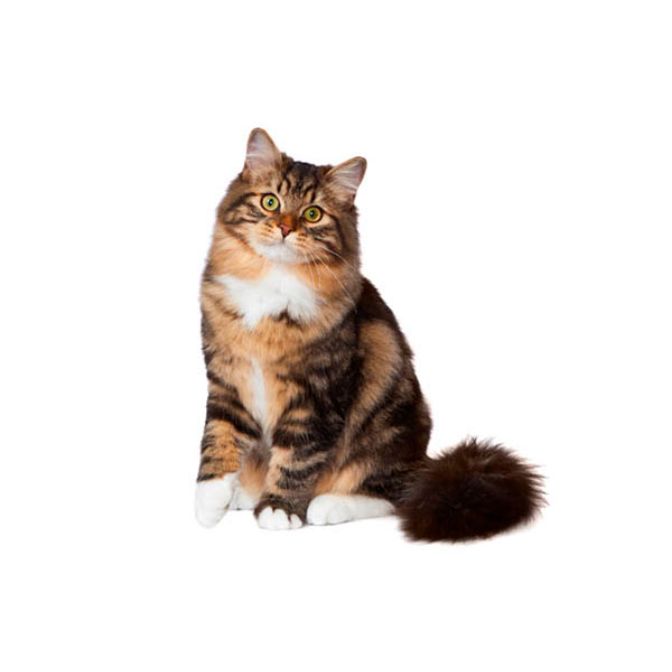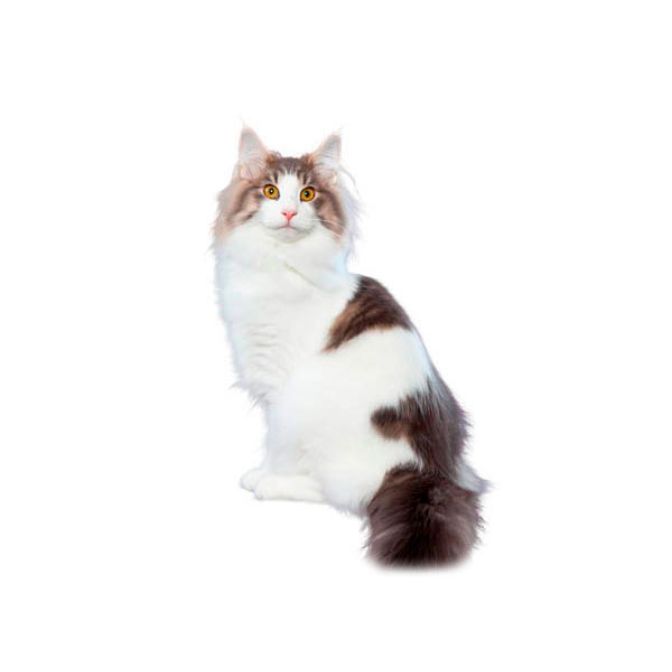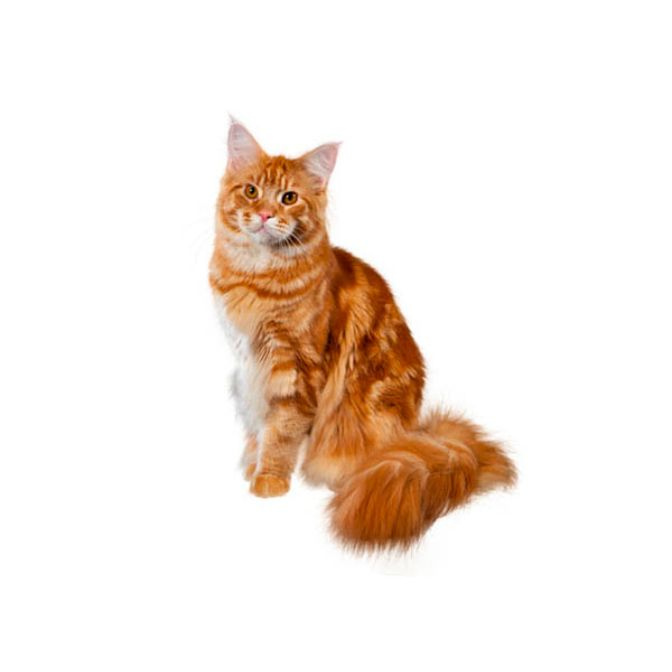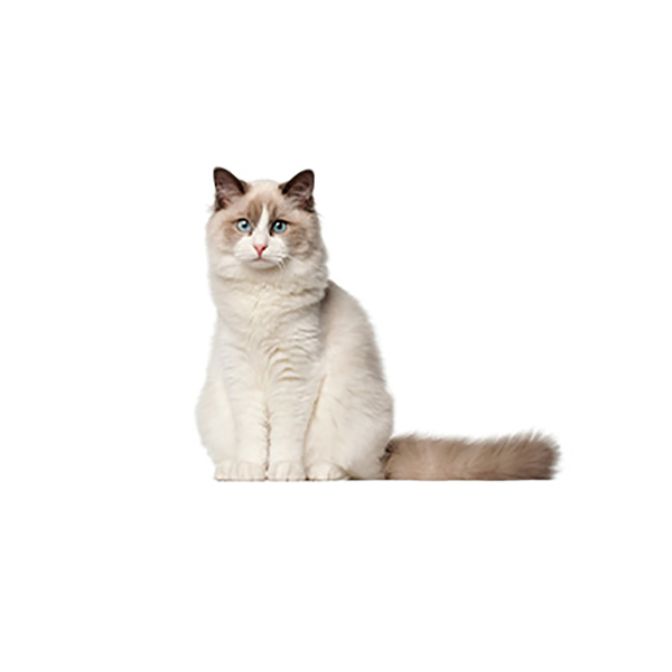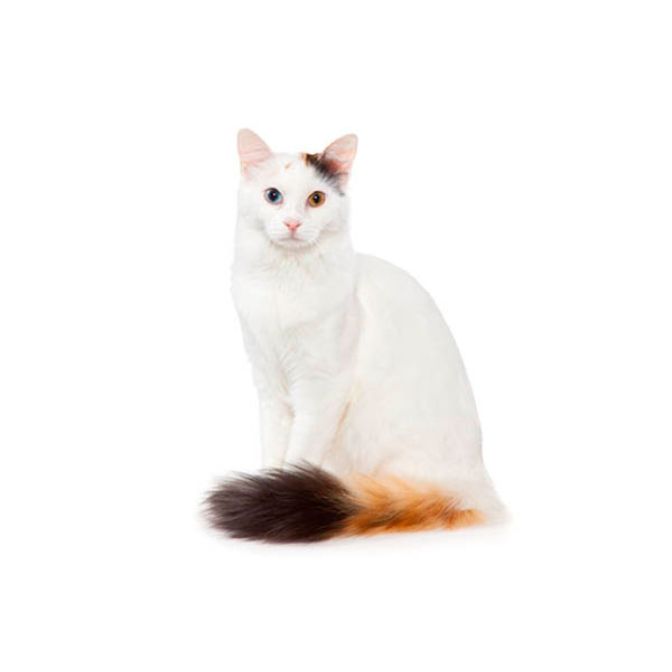Siberian Forest Cat
This friendly and affectionate feline will follow you around as you go about your day, and purr in your lap as you comb her coat. Siberian Cats love their humans but aren’t shy around strangers.
Medium To Large
Semi Long
High
4 to 7kg
White, black, blue, red, cream and silver, plus various patterns and shadings
They’re an active and playful breed, enjoying games like fetch and learning tricks that stimulate them mentally. Their athleticism allows them to climb and perch themselves from the highest heights. This bold cat loves to play with water and gets along well with other pets and children.
The Siberian’s head is wedge-shaped with soft contours, topped by medium to large, tufted ears. Their nearly round eyes range from shades of green to gold to copper, though white Siberians or those with white markings or patches may have blue eyes or eyes of different colors. Strong-boned legs and round, tufted paws support their muscular body and long, thick tail.
11 to 15 years
Siberian colours vary and are genetically possible, such as tabby, solid colours tortoiseshell colours and colour point varieties.
Siberians shed seasonally in the spring and fall. To keep their coat tangle- and mat-free, brush them a few times per week. Baths are rarely needed, thanks to their water-resistant triple coat.
Siberian Cats are a relatively healthy breed. Like many other breeds, however, they do have a slightly higher risk for hypertrophic cardiomyopathy, a form of heart disease characterized by an enlarged heart.
Siberians need a cat food that provides them complete and balanced nutrition based on their age and activity levels.
The Siberian is an active cat - and usually very hungry - cat and requires around 80kcal of good quality food per kg of bodyweight, per day. Care must be taken not to let this breed become obese, due to its fondness for food!
Because of the subarctic climate of its homeland in Russia, the Siberian’s coat is long, thick and protective. References to Siberian Cats date back at least 1,000 years, and they were prized for their ability to keep mice and other rodents away from food sources.
They weren’t exported until after the Cold War and were first imported to the U.S. in 1990. In 1996, The International Cat Association (TICA) recognized the breed, followed by its acceptance to the American Cat Fanciers Association (ACFA) in 1999 and the Cat Fanciers Association (CFA) in 2006.
The Siberian Cat appears in Russian fairy tales, folktales and children’s books.
Records about the breed weren’t kept until the 1980s, although references to the feline date back to 1,000 A.D. They may even be the ancestors to other longhaired cats, including the Norwegian Forest Cat and Maine Coon.
They are sometimes referred to as Siberian Forest Cats or Moscow Longhairs.
There are claims Siberians are hypoallergenic, but this hasn’t been scientifically proven.
